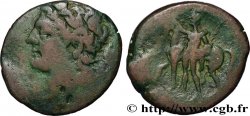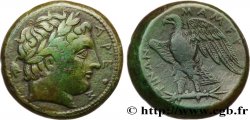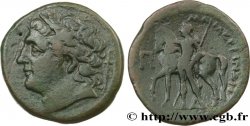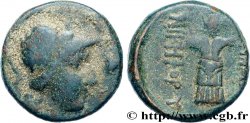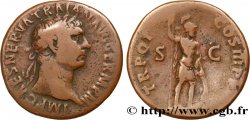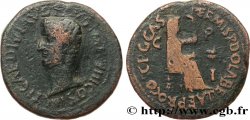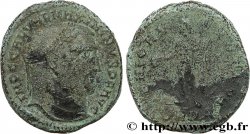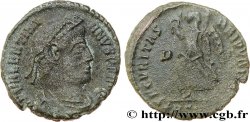E-auction 363-275972 - bgr_527512 - SICILY - MESSANA Tetras
You must signin and be an approved bidder to bid, LOGIN TO BID. Accounts are subject to approval and the approval process takes place within 48 hours. Do not wait until the day a sale closes to register. Clicking on « bid » constitutes acceptance of the terms of use of cgb.fr private e-auctions.
Bids must be placed in whole Euro amounts only. The sale will start closing at the time stated on the item description; any bids received at the site after the closing time will not be executed. Transmission times may vary and bids could be rejected if you wait until the last second. For further information ckeck the E-auctions F.A.Q.
NO BUYER'S FEE.
NO BUYER'S FEE.
| Estimate : | 150 € |
| Price : | 54 € |
| Maximum bid : | 56 € |
| End of the sale : | 30 March 2020 14:01:00 |
| bidders : | 10 bidders |
Type : Tetras
Date: c. 264-241 AC.
Mint name / Town : Messine, Sicile
Metal : bronze
Diameter : 19,5 mm
Orientation dies : 1 h.
Weight : 5,58 g.
Rarity : R2
Coments on the condition:
Exemplaire sur un petit flan, bien centré à l’usure régulière. Patine verte
Catalogue references :
Obverse
Obverse description : Tête juvénile laurée de Zeus à gauche, les cheveux longs tombant sur la nuque ; grènetis circulaire.
Obverse legend : [DIOS]
Obverse translation : (Dieu).
Reverse
Reverse description : Aigle debout à gauche sur un foudre, les ailes ouvertes.
Reverse legend : MAMER-[TINWN]
Reverse translation : (des Mamertins).
Commentary
Seule la légende du droit permet d’identifier Zeus au droit avec la légende (Dios). Pour ce type, G. Buceti a recensé trente-et-un exemplaires avec des poids compris entre 2,82 g et 5,02 g, tandis que les auteurs du Mamertini ont relevé trente-neuf exemplaires pour trois variétés. Notre exemplaire appartient au premier type (Mamertini 20a) le plus courant des trois.







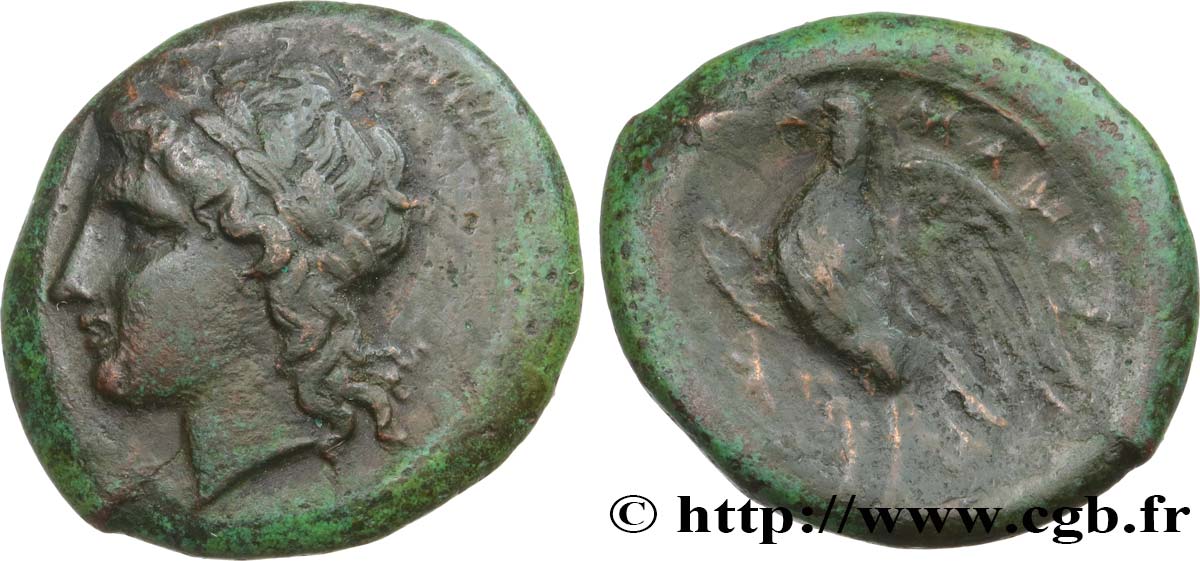
 Report a mistake
Report a mistake Print the page
Print the page Share my selection
Share my selection Ask a question
Ask a question Consign / sell
Consign / sell
 Full data
Full data
